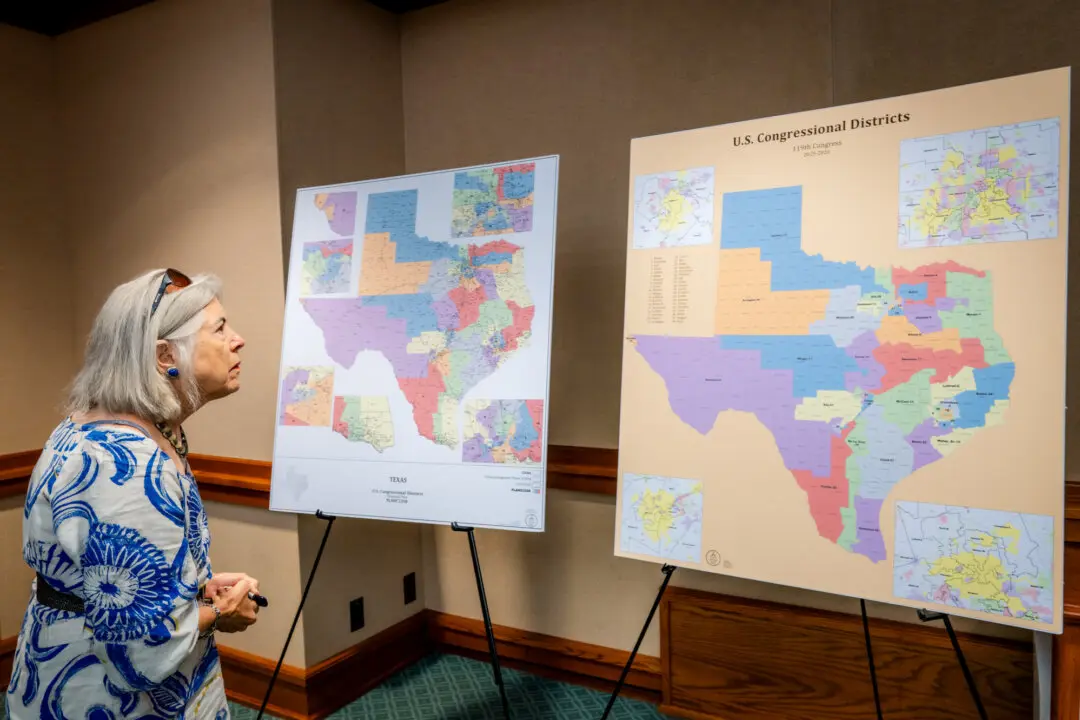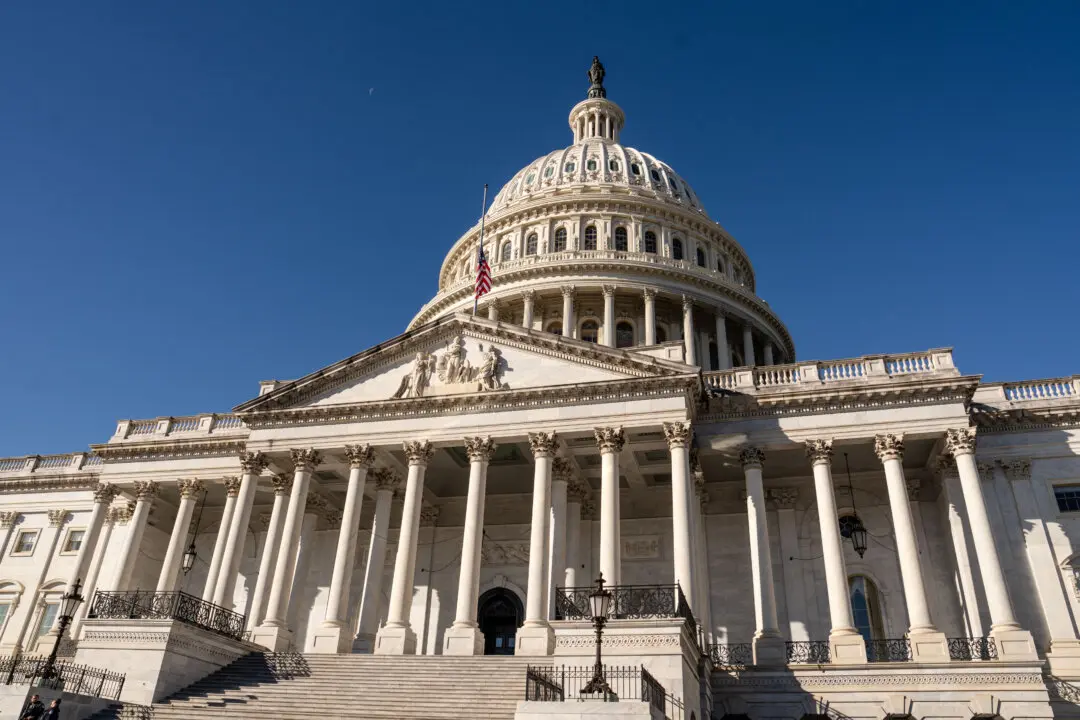When we think of hazardous encounters with wildlife, most people would think of bears, mountain lions, or maybe even snakes and scorpions. But according to statistics, the most dangerous animal in America, responsible for the most deaths, happens to be the deer.
A survey of various statistics over a 10-year period between 1999 and 2009 by Zoology Degree Online, found 1,353 fatalities as a result of vehicle-animal collisions—approximately 1,015 of these involved white-tailed deer. Zoology Degree Online is accredited by University of Phoenix, Kaplan University and Colorado Technical University.
In comparison to the figure for deer, 309 people died from dog bites, 68 people were killed by snake bites, and 29 people were killed by bears.
The Insurance Institute for Highway Safety also tracks collisions with animals. The institute stats show that 200 people per year are killed in collisions with animals, predominantly deer.
In 2003, for example, there were 201 fatal crashes, and 113, or 77 percent, involved deer. The rest of the fatalities were the result of hitting cattle (13), horses (9), dogs (9), a bear, cat, and an opossum.
Deer are also involved in a tremendous number of non-fatal accidents. The Department of Transportation, which catalogues animal crash accidents, estimates there were 60,000 to 70,000 vehicle collisions with deer annually from 2006 to 2008.
The DOT warns motorists that the deer’s peak breeding times are from October to December and the hours of highest risk are two hours before sunrise and two hours after sunset.
Chris Klepper, communications manager of NYS Thruway Authority and Canal Corporation says deer are most active at this time. “The prevalence of deer related crashes can be influenced by a range of factors, including weather conditions and deer population fluctuations from year to year,” says Klepper.
The white-tailed deer has spread across the United States over the last hundred years. With not enough apex predators their population has boomed reaching to approximately 20 million to 30 million today, although insufficient data to know exact numbers.
One of the most effective things you can do to avoid hitting deer on the roads is buy a deer whistle. This whistle ties to the front of your vehicle and emits a high-pitched sound when driving at high speeds to alert the deer to your presence.
The Thruway Authority offers these safety tips for motorists:
- Drivers should scan shoulders of the roadside for deer eyes reflecting light.
- One deer crossing the road may indicate others are about to cross. Watch for other deer – they will move fast to stay in groups, catch up with leaders, mothers, or mates and may not pay attention to traffic.
- Do not rely on high beams or honking your horn to warn deer.
- Deer often stay close to woodlots, fencerows, field edges or areas near water, so motorists should use extra caution wherever these habitats are located in close proximity to the Thruway.
- Deer hooves slip on pavement and a deer may fall in front of your vehicle just when you think it is jumping away.
- Increase the distance between your vehicle and other cars, especially at night. If the car ahead of you hits a deer, you may also become involved in the accident if you are following too closely.
- If a collision is unavoidable, hold onto the steering wheel – do not swerve to avoid hitting the deer. Bring the vehicle to a complete stop. The most serious vehicle-deer accidents occur when drivers swerve at high speeds to avoid a deer, and then strike another vehicle, a tree, or roll over.
- If you are involved in a vehicle-deer collision, do not attempt to approach or touch the deer.
- Always buckle your seat belt. Ejection from a vehicle is the main reason that fatalities occur in a collision.



